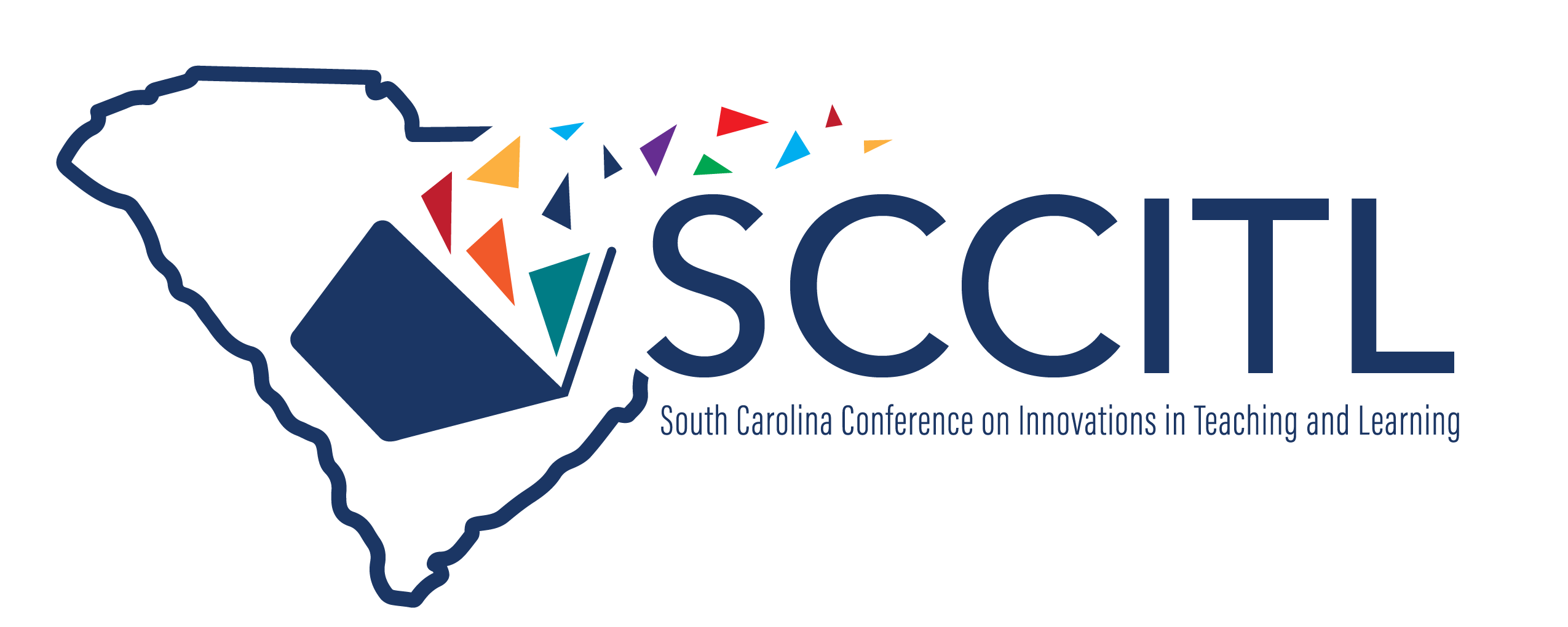Proposal Format
20-minute Presentation
Track Choices
Navigating the Change and Reinventing the Future
Abstract
James A. Reither and Douglas Vipond contend in "Writing as Collaborative," that "both writing and knowing… are from beginning to end collaborative: they are things we do with others" (856-57). Working with other people, ideas, and texts is the only way for students to further their knowledge and develop as writers. The COVID-19 pandemic altered how students collaborated with each other, causing most to experience a sense of isolation. Coming back from COVID-19, students have a new appreciation for both in-person and digital interactions. In my paper, I discuss pedagogical approaches to incorporating the digital humanities into the writing process since returning from the Zoom classroom. By integrating digital tools such as COVE (Collaborative Organization for Virtual Education), we can provide a platform for students to annotate text and brainstorm with other students, simultaneously. Through a case study I perform with nineteen of my first-year composition students, I discuss strategies for reconnecting students with one another, reshaping their perspective towards the writing process (as a collaborative one), and renewing pedagogical strategies to involve the digital humanities since the pandemic.
Keywords
Best Practices in Teaching & Learning, Digital Learning Trends, Deep-dive into high-impact tools
Speaker Bio
Triniti Fisher is a graduate student in the Master of Arts in Writing Program at Coastal Carolina University where she teaches in the First-year Writing program and contributes to the Collaborative Organization for Virtual Education (COVE) by encoding documents from the anthology, Literature and Culture at the Fin de Siècle for COVE's digital database. She wrote, illustrated, and self-published a children's book, Tucker the Turkey Chicken. She is currently working on several projects including how the digital humanities are foundational in composition pedagogy and how writing assessment affects student identity.
Coming Back from COVID-19: Collaborative Digital Pedagogy
Penny Hall, 310
James A. Reither and Douglas Vipond contend in "Writing as Collaborative," that "both writing and knowing… are from beginning to end collaborative: they are things we do with others" (856-57). Working with other people, ideas, and texts is the only way for students to further their knowledge and develop as writers. The COVID-19 pandemic altered how students collaborated with each other, causing most to experience a sense of isolation. Coming back from COVID-19, students have a new appreciation for both in-person and digital interactions. In my paper, I discuss pedagogical approaches to incorporating the digital humanities into the writing process since returning from the Zoom classroom. By integrating digital tools such as COVE (Collaborative Organization for Virtual Education), we can provide a platform for students to annotate text and brainstorm with other students, simultaneously. Through a case study I perform with nineteen of my first-year composition students, I discuss strategies for reconnecting students with one another, reshaping their perspective towards the writing process (as a collaborative one), and renewing pedagogical strategies to involve the digital humanities since the pandemic.


